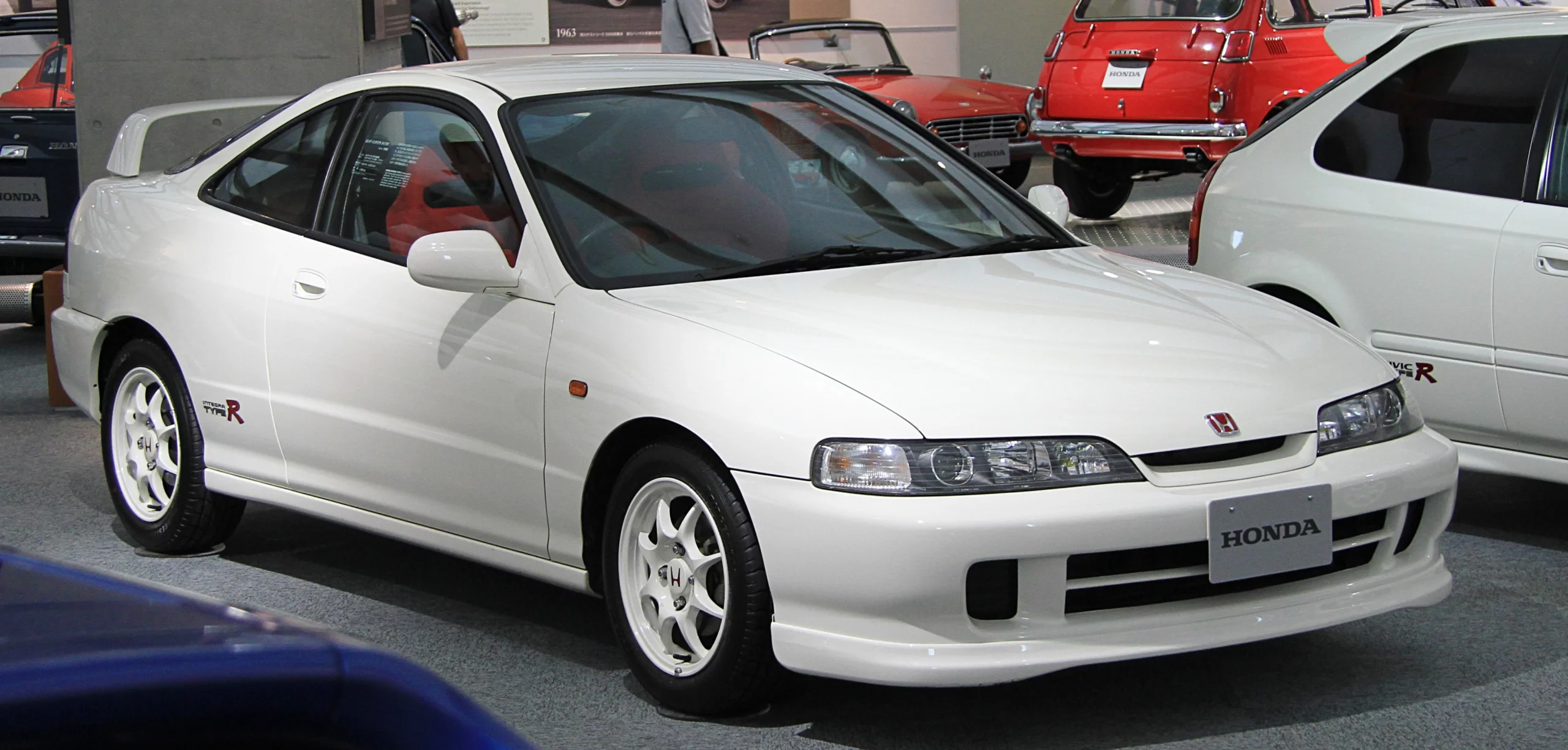The Honda Integra is a compact luxury sports car that was first introduced by Honda in 1985. It was sold in Japan, North America, and other markets until 2006.
The first generation of the Integra was produced from 1985 to 1989. It was available as a three-door or five-door hatchback and was powered by a 1.6-liter engine. In 1986, Honda introduced the performance-oriented Integra Si, which had a more powerful engine and improved suspension and brakes.
The second generation of the Integra was produced from 1990 to 1993, engine code DA It featured a more aerodynamic design and was available as a two-door coupe or a four-door sedan. The performance-oriented Integra GS-R was introduced in 1992, which had a 1.7-liter engine and a close-ratio five-speed manual transmission.
The third generation of the Integra was produced from 1994 to 2001, engine code DC2. It featured a more curvaceous design and was available as a coupe or a sedan. The performance-oriented Integra Type R was introduced in 1995, which had a 1.8-liter engine and a six-speed manual transmission.
The fourth and final generation of the Integra was produced from 2002 to 2006, engine code DC5. It was sold only in Japan and was available as a two-door coupe or a four-door sedan. It was powered by a 2.0-liter engine and was marketed as the Honda Integra DC5.
Throughout its production history, the Honda Integra was known for its sporty performance and handling, as well as its high-quality construction and reliability. It remains a popular choice among car enthusiasts and collectors today.
Integra DA1 – 1st gen
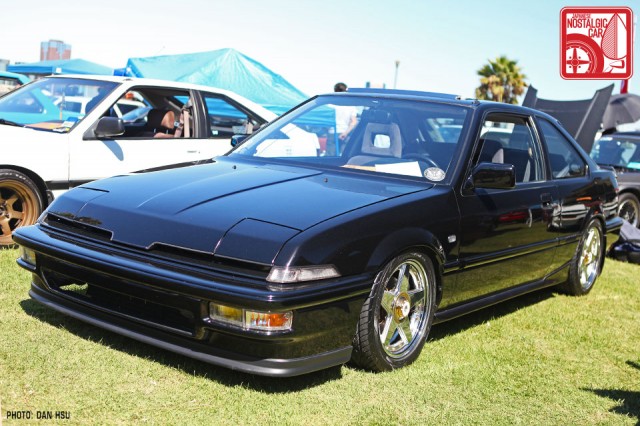
The first generation Honda Integra was produced from 1985 to 1989 and was known as the “DA1” series Integra. The engine code for the first generation Integra also varied depending on the specific engine that was installed in a given market or trim level. Here are some of the most common engine codes for the first generation Integra:
- 1.5-liter D15A engine: This engine was offered in the Japanese Domestic Market (JDM) Integra models. The engine code for this engine was D15A, and it produced between 70 to 78 horsepower depending on the specific model.
- 1.6-liter D16A engine: This engine was offered in some of the JDM Integra models as well as the European-spec Integra models. The engine code for this engine was D16A, and it produced 100 horsepower.
- 1.6-liter DOHC ZC engine: This engine was offered in some of the JDM Integra models. The engine code for this engine was ZC, and it produced 130 horsepower.
- 1.6-liter DOHC B16A engine: This engine was offered in some of the JDM Integra Si and RSi models starting in 1989. The engine code for this engine was B16A, and it produced 158 horsepower.

It’s worth noting that there were variations in engine specifications and power output between different model years and markets. Additionally, some engines were only available in certain trim levels or markets.
Integra DA – 2nd gen
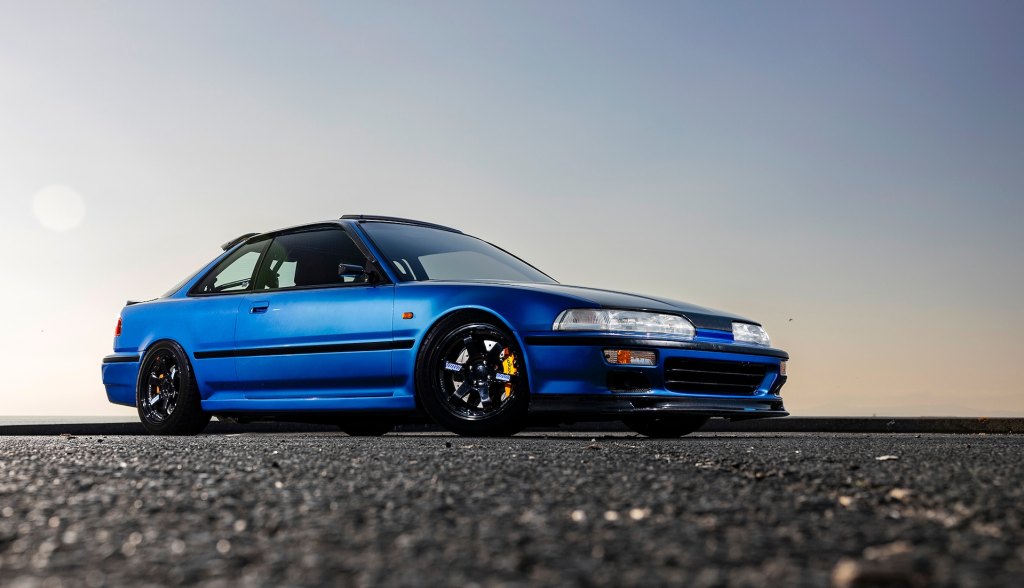
The second generation Honda Integra was produced from 1990 to 1993 and was known as the “DA” series Integra. In general, the engine code for the second generation Integra varied depending on the specific engine that was installed in a given market or trim level.
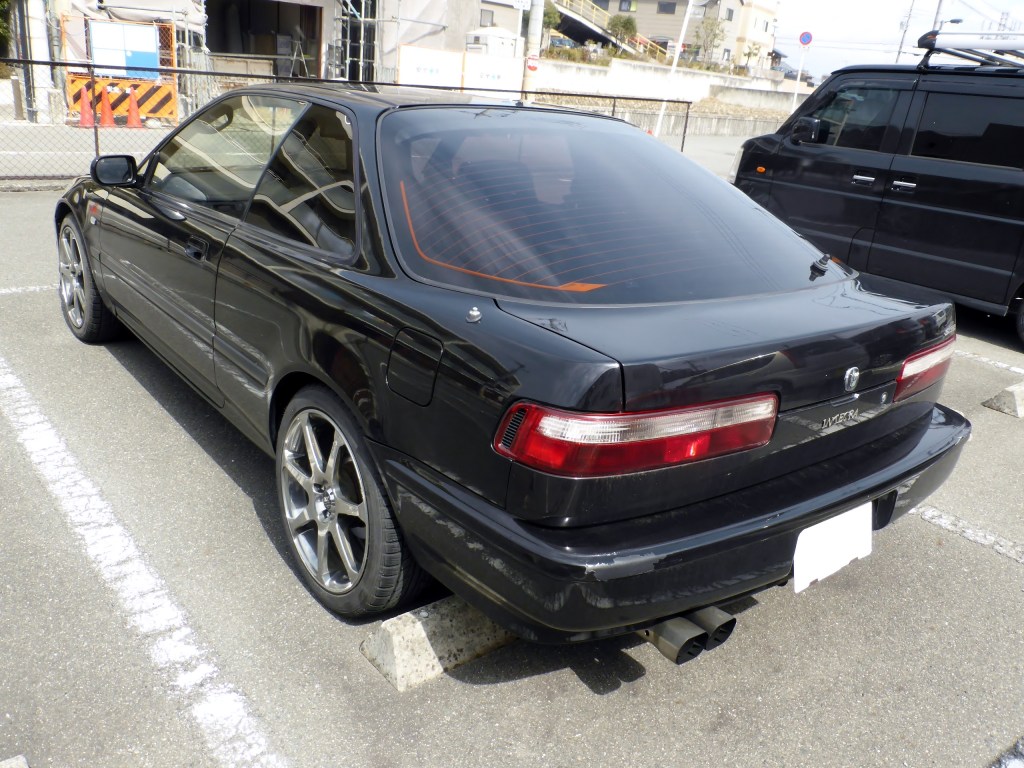
However, here are some of the most common engine codes for the second generation Integra:
- 1.8-liter DOHC B18A engine: This engine was offered in the US-spec Integra LS and RS models. The engine code for this engine was B18A1, and it produced 130 horsepower.
- 1.7-liter DOHC VTEC B17A engine: This engine was offered in the US-spec Integra GS-R model starting in 1992. The engine code for this engine was B17A1, and it produced 160 horsepower.
- 1.6-liter SOHC ZC engine: This engine was offered in the JDM-spec Integra models. The engine code for this engine was ZC, and it produced 130 horsepower.


Integra DC2 series – 3rd gen

The Integra DC2 is a specific model of the third generation Honda Integra, produced from 1994 to 2001. It was sold in various markets, including Japan, North America, and Europe, and was known for its sporty handling and high-revving engines.
There were a few different variations of the Integra DC2 produced, which varied in terms of their engine and features. Here are some of the key differences between them:
- Integra Type R: This was the high-performance version of the Integra DC2, and was only available in Japan, North America, and Europe. It featured a lightweight body, a highly-tuned 1.8-liter DOHC VTEC B18C5 engine that produced 195 horsepower, and a close-ratio 5-speed manual transmission. It also had a sport-tuned suspension, a limited-slip differential, and upgraded brakes.
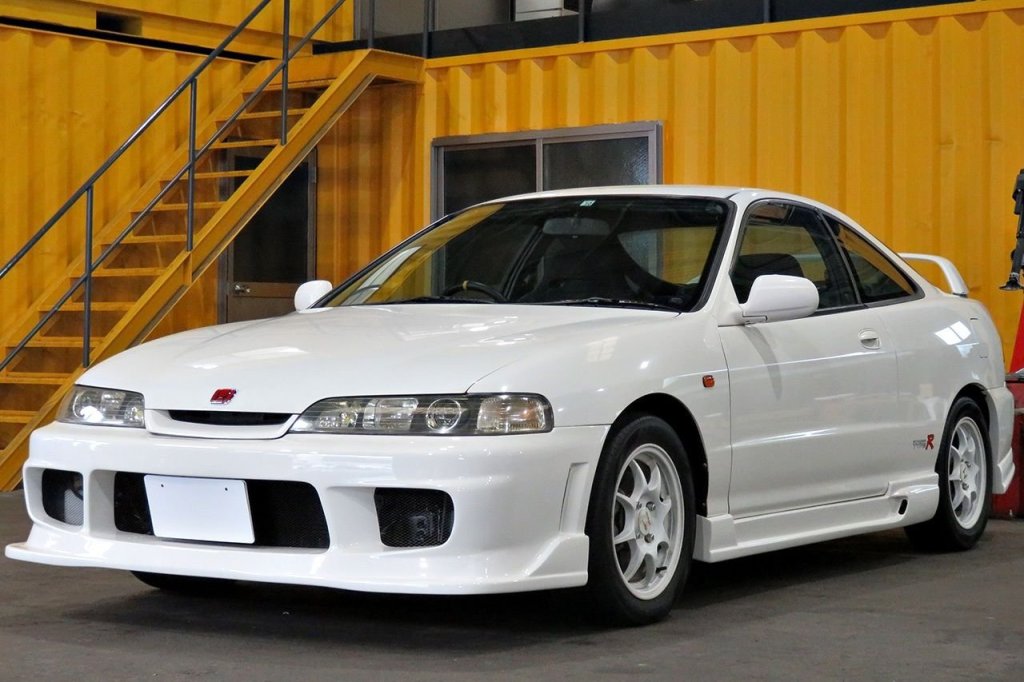
- Integra GS-R: This was the North American version of the Integra Type R, although it was not quite as high-performance. It featured a 1.8-liter DOHC VTEC B18C1 engine that produced 170 horsepower, as well as a sport-tuned suspension, limited-slip differential, and upgraded brakes.

- Integra Si and Si-V: These were the versions of the Integra DC2 that were sold in Japan. They featured a 1.8-liter DOHC VTEC B18C engine that produced 170 horsepower, and came with a range of features including air conditioning, power windows, and a sunroof. The Si-V model also had some additional features such as leather seats and a rear spoiler.
Specific engines to the models above are:
- 1.6-liter SOHC D16A engine: This engine was offered in the JDM Integra Xi models. The engine code for this engine was D16A, and it produced 120 horsepower.
- 1.8-liter DOHC VTEC B18C engine: This engine was offered in the JDM Integra Si and Si-V models. The engine code for this engine was B18C, and it produced between 170 to 180 horsepower depending on the specific model and year.
- 1.8-liter DOHC VTEC B18C Type R engine: This engine was offered in the JDM Integra Type R models. The engine code for this engine was B18C, and it produced 200 horsepower.
- 1.8-liter DOHC VTEC B18B engine: This engine was offered in the US-spec Integra GS and LS models. The engine code for this engine was B18B, and it produced between 140 to 142 horsepower depending on the specific model and year.
In addition to these variations, there were also some differences between the Integra DC2 models sold in different markets. For example, the North American models had slightly different styling than the Japanese models, and some features such as power windows and air conditioning were not standard on all models.
Integra DC5 series – 4th gen

The fourth generation Honda Integra was produced from 2001 to 2006. Here are some of the most common engine codes for the fourth generation Integra:
- 2.0-liter DOHC i-VTEC K20A engine: This engine was offered in the JDM Integra Type R and Integra Type S models. The engine code for this engine was K20A, and it produced between 220 to 225 horsepower depending on the specific model and year.
- 2.0-liter DOHC i-VTEC K20A2 engine: This engine was offered in the US-spec Integra Type R model. The engine code for this engine was K20A2, and it produced 220 horsepower.
- 2.0-liter DOHC i-VTEC K20Z1 engine: This engine was offered in the US-spec Integra Type S model. The engine code for this engine was K20Z1, and it produced 200 horsepower.
The fourth generation Honda Integra, also known as the DC5, was sold in North America as the Acura RSX. The RSX was essentially the same car as the Integra, but with some minor differences for the North American market. The RSX was introduced in 2002 and was sold until 2006, when it was discontinued due to declining sales. After the RSX was discontinued, Acura did not release a direct replacement for it in North America.

Engines for the Integra
The engines available in each generation of the Honda Integra varied depending on the market and specific model trim level. Here is a general overview of the engines that were offered:
First Generation (1985-1989):
- 1.5-liter D15A engine (70-78 hp)
- 1.6-liter D16A engine (100 hp)
- 1.6-liter DOHC ZC engine (130 hp)
- 1.6-liter DOHC B16A engine (158 hp) – introduced in 1989 in the JDM (Japanese Domestic Market) Si and RSi models
Second Generation (1990-1993):
- 1.6-liter SOHC ZC engine (130 hp)
- 1.8-liter DOHC B18A engine (130 hp)
- 1.7-liter DOHC VTEC B17A engine (160 hp) – introduced in 1992 in the GS-R model
Third Generation (1994-2001):
- 1.8-liter DOHC VTEC B18C engine (170 hp) – introduced in 1994 in the JDM Si and Si-V models
- 1.8-liter DOHC VTEC B18C1 engine (170 hp) – introduced in 1994 in the North American GS-R model
- 1.8-liter DOHC VTEC B18C5 engine (195 hp) – introduced in 1995 in the JDM Type R model and in 1997 in the North American Type R model
Fourth Generation (2002-2006):
- 2.0-liter DOHC i-VTEC K20A engine (220 hp) – introduced in 2001 in the JDM Type R model and in 2002 in the North American Type-S model
It’s worth noting that some of these engines were only available in certain markets or trim levels, and there were also variations in engine specifications and power output between different model years.
What made the Integra so popular?
The Honda Integra was popular for several reasons:
- Performance: The Integra was known for its high-revving engines and sporty handling. It was a fun-to-drive car that could be easily modified for even better performance.
- Reliability: Hondas have a reputation for being reliable, and the Integra was no exception. It was well-built and had a proven track record of being dependable.
- Styling: The Integra had a sleek and sporty design that appealed to many people. Its distinctive headlights, clean lines, and aerodynamic shape made it stand out from other cars in its class.
- Value: The Integra offered a lot of performance and features for the price. It was a great value for people who wanted a fun-to-drive car without breaking the bank.
- Racing heritage: The Integra had a successful racing history, both in touring car championships and in grassroots motorsports. This helped to build a loyal fanbase among enthusiasts who appreciated the car’s performance capabilities.
Overall, the Honda Integra offered a winning combination of performance, reliability, style, and value that made it popular among a wide range of drivers.
How did the Integra Type R (DC2) compare to the Civic Type R (EK9)?
In terms of performance, the Integra Type R and the Civic Type R (EK9 generation) are quite similar. Both cars are known for their high-revving naturally aspirated engines, precise steering, and excellent handling.
While the Civic Type R had less power than the Integra Type R, it made up for it with a lighter weight and more agile handling. The Civic Type R’s chassis was also stiffer, and it had a shorter wheelbase, which made it more maneuverable in tight corners.
One notable difference between the two cars is that the Civic Type R had a front-wheel-drive layout, while the Integra Type R was a rear-wheel-drive car. While rear-wheel-drive is generally considered better for handling, the Civic Type R’s front-wheel-drive layout allowed it to have better weight distribution, which helped it corner more effectively.
Overall, the choice between the Integra Type R and the Civic Type R comes down to personal preference and what the driver values most in a car. Both are excellent examples of Honda’s engineering prowess and offer a pure and engaging driving experience.
Integra Future

As of April 2021, Honda has announced that it is bringing back the Integra nameplate, but as a new model called the “Integra Prototype.” The Type S prototype was recently unveiled at the 2023 Shanghai Auto Show, and it is expected to go on sale in some markets later this year.
The Integra Prototype is a compact coupe that is based on the latest Civic platform, and it features a hybrid powertrain. It has a sleek and sporty design with a long hood, short overhangs, and sharp lines that give it a modern and dynamic look.
Honda has not yet released full details on the Integra Prototype’s specifications, but it is expected to be a high-performance model with advanced technologies and features. It is also expected to carry on the legacy of the Integra name as a driver-focused car that offers an engaging and exciting driving experience.

Despite this, enthusiasts are not as excited about this new format due to the visual styling and deviation from the past generations. More time will tell how this performs in the market.

